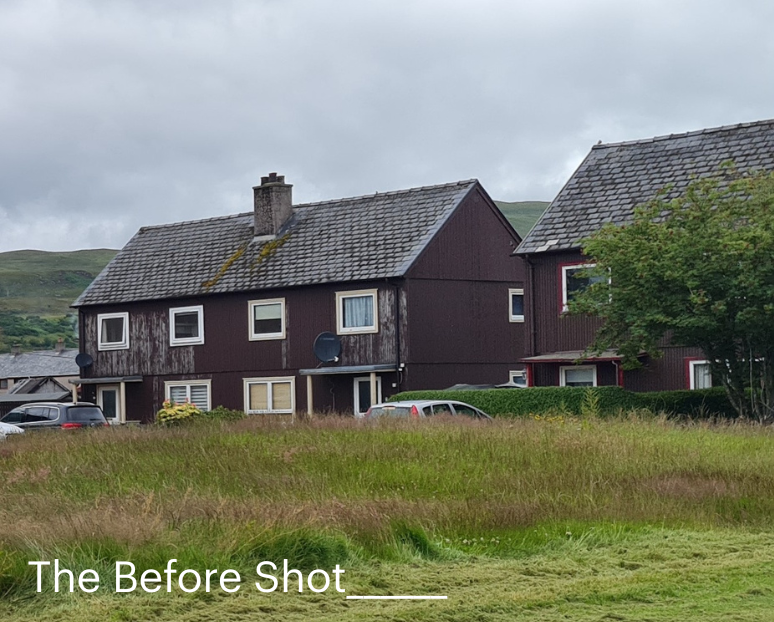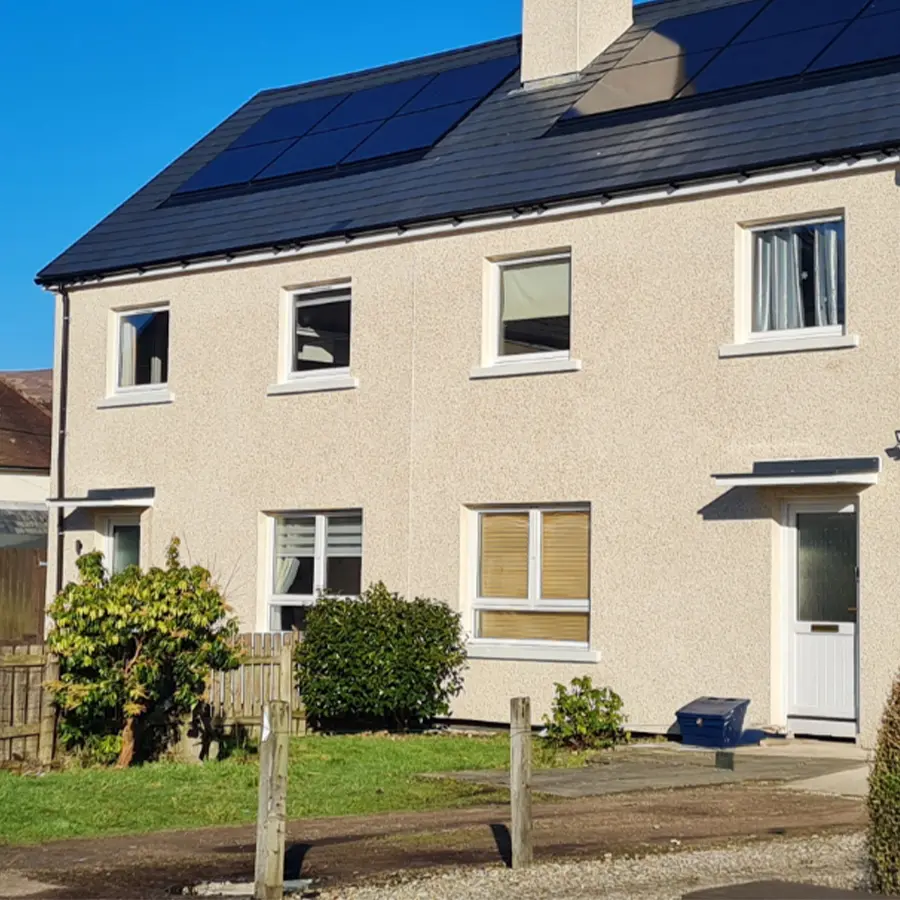Caol by Fort William
Client
Highland Council & Union Technical
Project Status
Live
Our Role
Retrofit Assessor, Retrofit Designer & Energy Assessor
This whole house retrofit project for Highland Council saw upgrades and energy efficiency improvement measures carried out on 42 social housing homes and 12 private homes. The project aims were to reduce energy costs, improve lifestyles and make homes warmer for residents, while addressing fuel poverty across mixed tenures.
The existing properties are two storey post war ‘Swedish Timber’ houses that have timber-cladding on thin timber external walls. The project is in Caol near Fort William within the Highland Council area, very close to the sea and off gas.
The project was completed tenants and owners residing in their properties during the works and required a considerable amount of occupant and client liaison by the Contractor.
For the duration of the project, Carbon Futures worked closely with building standards, producing multiple warrant submissions to allow a rolling programme of works on site to suit funding deadlines.
During construction, we provided technical site support to Union Technical in relation to specific detailing particularly thermal bridging details and where unknown situations arose.
Initial energy modelling in SAP highlighted that the existing properties had SAP bands of D and E.
The retrofit design that was developed for most of the social housing homes includes:
Installation of External Wall Insulation (EWI) to have a significant impact on heat loss and reduce thermal bridging.
Multiple funding streams, including Scottish Government EES:ABS, Energy Company Obligation (ECO) funding, SSE Renewable grant and Council Housing Capital budget were secured (by others) to enable the Council to have a wider impact and achieve economies of scale.

